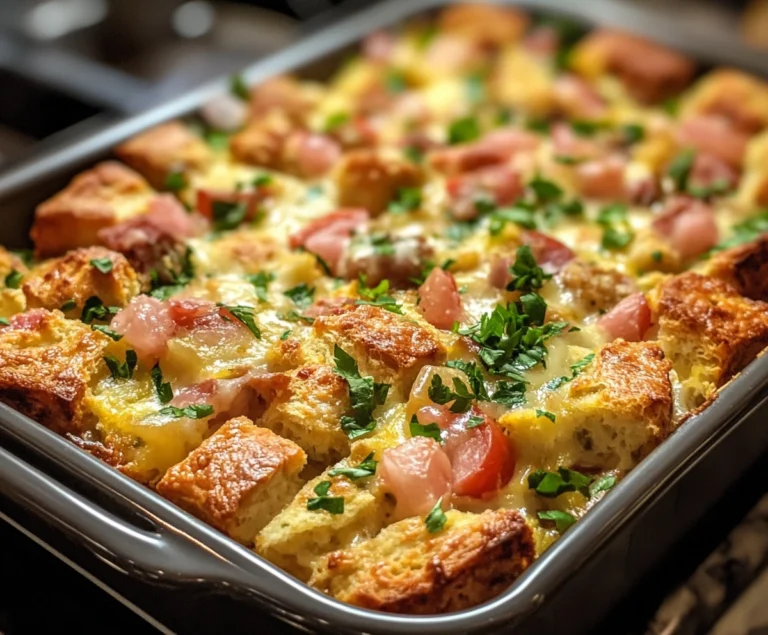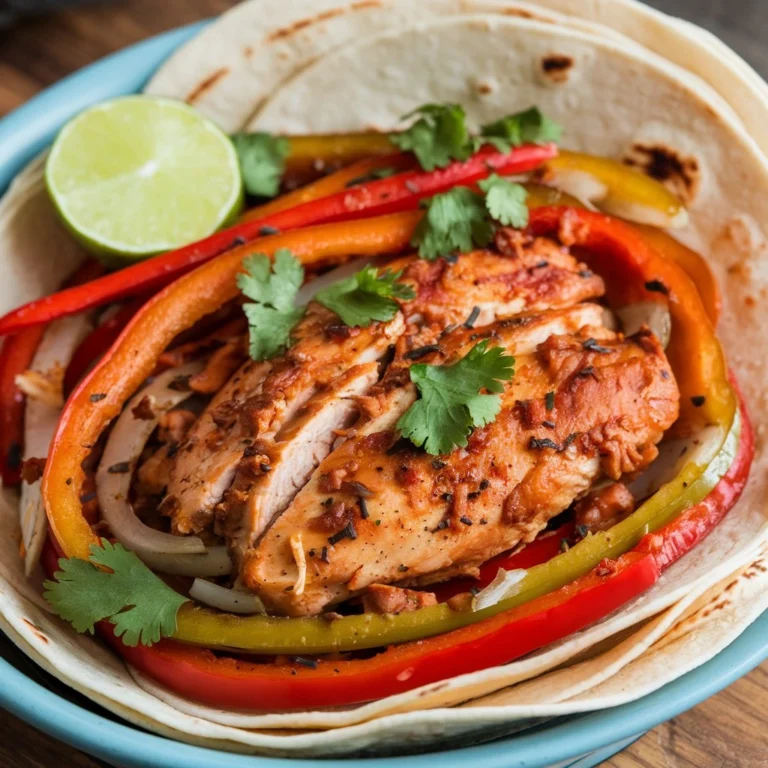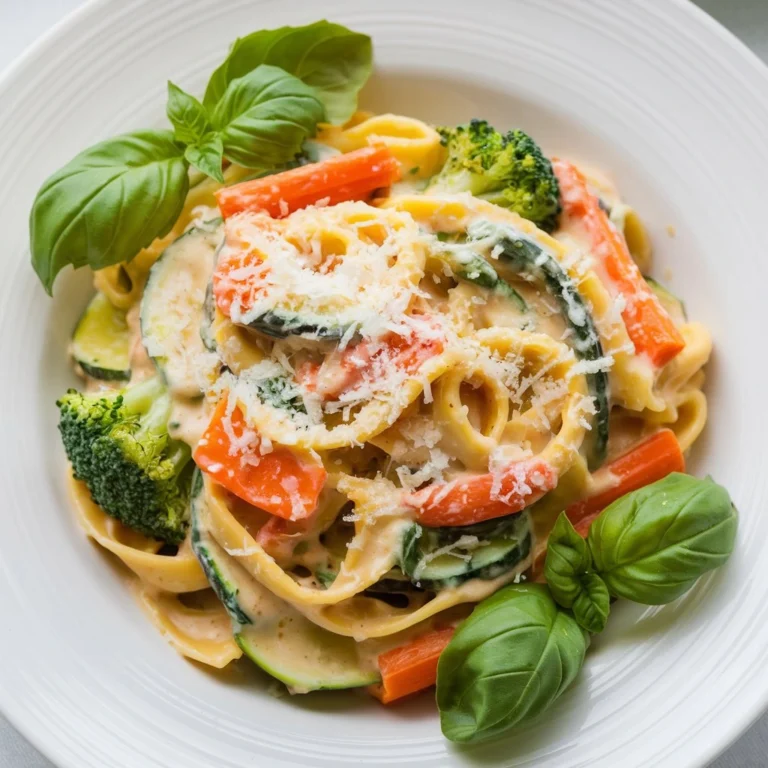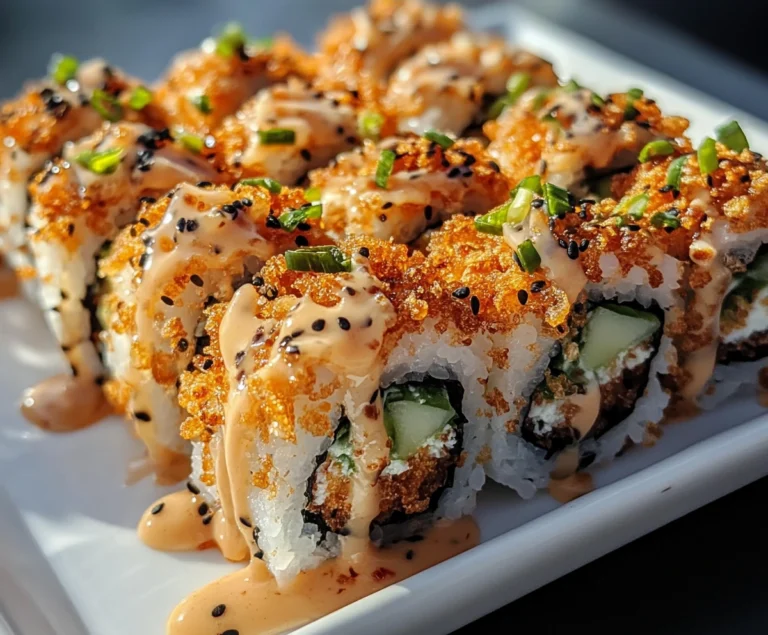Why is Chicken Stuffed?
Stuffed chicken is a time-honored culinary tradition that has been used for centuries across many cultures and cuisines. The simple act of filling the cavity of a chicken with flavorful ingredients can elevate a basic roast into something complex, moist, and immensely satisfying. But why is chicken stuffed? The reasons for stuffing chicken go beyond just flavoring the meat—they touch on food science, texture, tradition, and even practicality.
In this article, we will explore the various reasons why chicken is stuffed, from infusing flavors to creating a balanced, all-in-one meal. We’ll discuss common stuffing ingredients, how different cultures approach the art of stuffed poultry, the best techniques for making stuffed chicken, and a host of recipes that will inspire you to try stuffing your next roast. We will also dive into the science of stuffing and its effects on moisture retention and cooking time. Lastly, we’ll answer frequently asked questions about stuffed chicken and discuss potential variations.
What is Stuffed Chicken?
Stuffed chicken refers to the technique of filling the cavity of a whole chicken with a variety of flavorful ingredients before roasting or baking it. The stuffing can include an array of ingredients such as herbs, aromatics, vegetables, grains, and even fruits. As the chicken cooks, the ingredients release their flavors, permeating the chicken and adding depth and complexity to the meat.
Stuffing is a culinary technique found in many different cuisines around the world. In Europe, particularly in countries like France and Italy, bread-based stuffing mixed with herbs is often used. In Mediterranean cooking, you might find stuffed poultry featuring ingredients like olives, garlic, and lemon. Meanwhile, in Middle Eastern and Asian cuisines, stuffing may consist of rice, nuts, dried fruits, or even spices like cumin and coriander. Each culture brings its own unique flavor profile and ingredients to the stuffed chicken, making it a versatile and customizable dish.
Traditionally, stuffing was also a practical way to make use of available ingredients and create a more substantial meal. By adding a rich and hearty filling, cooks could stretch the chicken to feed more people while adding additional textures and flavors.
For more inspiration on roasting techniques, check out this guide on how to perfectly roast a chicken.
Why is Chicken Stuffed?
1. Flavor Infusion
One of the main reasons chicken is stuffed is to infuse the meat with flavor. Ingredients like garlic, onions, lemons, herbs, and fruits release their juices and aromas as they cook, enhancing the taste of the chicken. The cavity of the chicken provides an ideal place to trap these aromatic ingredients, which slowly release their oils and flavors, infusing the meat—particularly the breast and thigh areas. Stuffing acts like an aromatic enhancer, creating a subtle yet noticeable difference in flavor when compared to an unstuffed chicken.
The advantage of stuffing is that it allows you to control the flavor profile. By choosing a combination of herbs like thyme, rosemary, and sage, or even fruits like apples or oranges, you can create a dish that perfectly suits your preferences. The ingredients in the stuffing also mix with the natural juices of the chicken, further amplifying the flavor. This technique is particularly useful when roasting a whole chicken, as it can sometimes be difficult to season the interior portions of the bird adequately.
2. Moisture Retention
One of the most practical reasons for stuffing a chicken is to help retain its moisture during the roasting process. Chicken, especially the breast meat, tends to dry out quickly in the oven. However, when the cavity is filled with moist ingredients like vegetables, fruits, or grains, the stuffing creates steam as it heats up. This steam helps prevent the chicken from drying out, keeping the meat tender and juicy. In essence, stuffing acts as a buffer that helps regulate the moisture content inside the chicken.
Moisture retention is particularly important when roasting larger chickens, where cooking times are longer. The stuffing ensures that even after an extended period in the oven, the chicken remains moist and succulent, with flavorful juices circulating throughout the bird. This technique is often compared to brining, as both methods aim to keep the meat juicy and tender.
To learn more about moisture retention techniques, consider reading about the science of brining chicken.
3. A Complete, Balanced Meal
Stuffing a chicken transforms it from a simple roast into a complete meal. By adding ingredients like bread, grains, vegetables, and even fruits to the stuffing, you create a hearty side dish that complements the roasted chicken. As the stuffing cooks, it absorbs the juices from the chicken, becoming rich and flavorful. The result is a satisfying and well-rounded dish that requires fewer additional sides, making it an ideal option for holidays, family gatherings, or special dinners.
For example, traditional bread stuffing made with onions, celery, garlic, and herbs can soak up the savory chicken drippings, making it a flavorful accompaniment. Alternatively, stuffing made with quinoa, wild rice, or barley can offer a more nutritious option while still benefiting from the chicken’s flavors. The versatility of stuffing means that you can adjust the ingredients based on your dietary preferences or the occasion.
Common Ingredients Used in Stuffing
The beauty of stuffed chicken is that it’s endlessly customizable. Whether you prefer a savory herb stuffing or a more exotic fruit-and-nut filling, the choice of ingredients can significantly impact the flavor and texture of the dish. Below are some common ingredients that are often used in stuffing recipes:
1. Herbs and Aromatics
- Herbs: Fresh herbs like thyme, rosemary, sage, and parsley are staples in many stuffing recipes. They add an earthy and fragrant aroma to the dish, enhancing the flavor of both the stuffing and the chicken.
- Aromatics: Onions, garlic, and shallots are essential components in most stuffing recipes. These ingredients add depth and complexity, balancing the richness of the chicken with their savory, slightly sweet flavors.
2. Fruits and Vegetables
- Citrus: Lemons and oranges are commonly used in Mediterranean-inspired stuffed chicken recipes. Their bright acidity helps cut through the richness of the chicken, adding a refreshing contrast.
- Vegetables: Common vegetables like celery, carrots, and apples are frequently used in stuffing recipes. These vegetables add sweetness, texture, and moisture to the dish.
3. Grains and Bread
- Bread: A traditional base for stuffing, cubed bread (often stale or toasted) absorbs the juices from the chicken, becoming soft and flavorful as it cooks. Bread stuffing is particularly popular in European and American cuisines.
- Grains: Health-conscious cooks often opt for grains like quinoa, farro, or wild rice. These grains not only add a heartier texture to the stuffing but also offer additional nutritional benefits, making the meal more balanced and wholesome.
For more ideas on how to make the perfect stuffing, take a look at this guide to creating the best bread stuffing.
Types of Stuffed Chicken Recipes
There are endless ways to approach stuffed chicken, depending on the ingredients you choose and the flavor profile you want to achieve. Below are a few popular variations that showcase the versatility of this technique.
1. Traditional Roasted Stuffed Chicken
The classic version of roasted stuffed chicken involves a bread-based stuffing mixed with herbs and aromatics. This recipe is perfect for holiday dinners or special occasions.
- Ingredients:
- 1 whole chicken (about 4-5 lbs)
- 4 cups cubed bread (preferably stale or toasted)
- 1 onion, chopped
- 2 stalks celery, chopped
- 2 cloves garlic, minced
- Fresh herbs: thyme, rosemary, and sage
- Salt, pepper, and butter
- Instructions:
- Preheat your oven to 375°F (190°C).
- Sauté the onions, celery, and garlic in butter until softened. Add the cubed bread and fresh herbs, tossing until the bread is well-coated with the butter and aromatics.
- Season the mixture with salt and pepper. Stuff the chicken cavity with the bread mixture.
- Roast the chicken for about 1.5 to 2 hours, or until the internal temperature reaches 165°F (74°C) when checked with a meat thermometer.
- Let the chicken rest for 10 minutes before carving. Serve with roasted vegetables and your choice of sides.
2. Mediterranean-Inspired Stuffed Chicken
For a twist on the traditional recipe, try a Mediterranean-inspired stuffing made with olives, sun-dried tomatoes, and feta cheese. This variation adds a savory, briny flavor to the dish, perfect for those who enjoy bold flavors.
- Ingredients:
- 1 whole chicken
- ½ cup pitted olives, chopped
- ½ cup sun-dried tomatoes, chopped
- ¼ cup crumbled feta cheese
- Fresh garlic and oregano
- Instructions:
- Mix the olives, sun-dried tomatoes, feta cheese, garlic, and oregano together.
- Stuff the chicken with the mixture and roast at 375°F until fully cooked, approximately 1.5 hours.
- Serve with a side of couscous or roasted vegetables.
3. Quinoa-Stuffed Chicken
For a lighter, more nutritious option, try stuffing the chicken with quinoa and vegetables. Quinoa is a protein-packed grain that pairs well with roasted chicken, and this recipe is ideal for those looking for a healthier alternative to bread stuffing.
- Ingredients:
- 1 whole chicken
- 1 cup cooked quinoa
- 1 cup spinach
- ½ cup mushrooms, chopped
- 2 garlic cloves, minced
- Olive oil
- Instructions:
- Sauté the spinach, mushrooms, and garlic in olive oil. Mix with the cooked quinoa.
- Stuff the chicken with the quinoa mixture and roast until the internal temperature reaches 165°F (74°C).
- Serve with a light side salad or steamed vegetables.
For more healthy chicken stuffing ideas, you can refer to this guide on healthy stuffed chicken.
The Science of Stuffing: How It Affects Cooking
1. Cooking Time Considerations
One of the main effects of stuffing a chicken is that it increases the overall cooking time. Since the stuffing acts as an insulator, it takes longer for heat to penetrate the chicken, especially the areas around the cavity. To ensure that both the chicken and the stuffing are fully cooked, it’s essential to check the internal temperature with a meat thermometer. The stuffing, as well as the chicken, should reach a safe temperature of 165°F (74°C).
2. How Stuffing Affects Moisture and Texture
Stuffing can help preserve moisture, especially in the breast meat, which tends to dry out during roasting. By filling the cavity with moisture-rich ingredients like vegetables or grains, you create a steaming effect that keeps the meat tender. This is especially helpful for large chickens that require longer roasting times. However, some chefs argue that stuffing can make the skin of the chicken less crispy, as it interferes with the airflow inside the oven.
To counteract this, many cooks recommend basting the chicken regularly with its juices and finishing it at a higher temperature to crisp up the skin. Another option is to bake the stuffing separately, which allows for a crispier texture while still keeping the chicken moist.
FAQs About Stuffing Chicken
1. Does Stuffing Add Flavor to the Entire Chicken?
Stuffing primarily flavors the areas closest to the cavity, particularly the breast and thigh portions of the chicken. While the flavor may not permeate all parts of the bird, the juices from the stuffing contribute to the overall aroma and taste of the dish.
2. Is It Safe to Cook Chicken with Stuffing Inside?
Yes, it is safe to cook chicken with stuffing inside as long as both the stuffing and the chicken reach an internal temperature of 165°F (74°C). To ensure even cooking, always use a meat thermometer to check the temperature at the thickest part of the chicken and inside the stuffing.
3. Can You Bake the Stuffing Separately?
Absolutely! Many cooks prefer to bake the stuffing separately to achieve a crispier texture. This method also reduces the cooking time for the chicken, as the stuffing won’t act as an insulator. Separate stuffing can be baked in a dish alongside the chicken for convenience.
4. How Can You Prevent Overcooked Stuffed Chicken?
To avoid overcooking stuffed chicken, regularly baste the bird with its juices and cover it with foil if it begins to brown too quickly. You can also tent the chicken loosely with foil to prevent the skin from over-browning while allowing the chicken to cook through.
Conclusion
Stuffing chicken is a versatile and rewarding culinary technique that adds depth, flavor, and texture to an otherwise simple roast. Whether you prefer traditional bread stuffing, a Mediterranean-inspired filling, or a healthier grain-based alternative, stuffed chicken offers endless possibilities for customization. The combination of flavor infusion, moisture retention, and the creation of a complete meal makes this method a favorite for both everyday cooking and special occasions.
Whether you’re hosting a dinner party or simply want to elevate your family meal, stuffed chicken is a dish that will impress with its rich flavors and tender texture. For more ideas on chicken dishes, check out how to prepare stuffed chicken breast or explore different recipes for chicken-stuffed shells.







